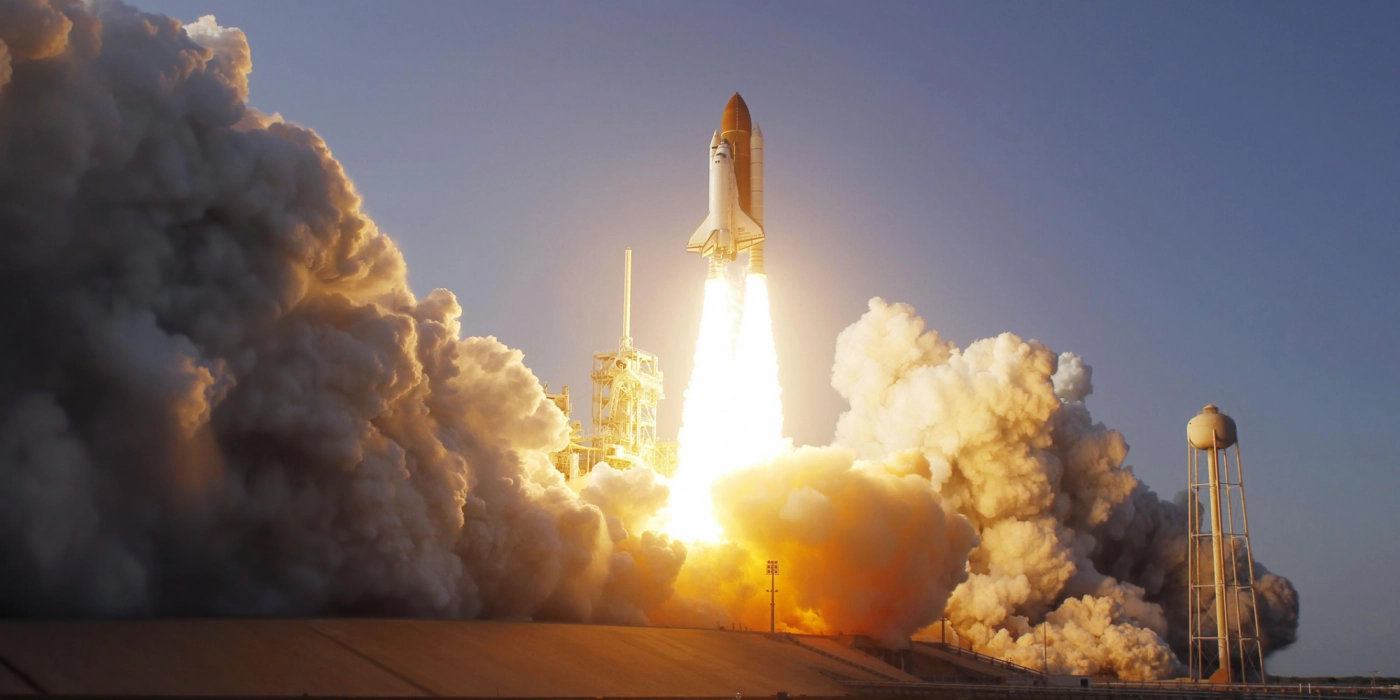Savvy investors are constantly on the lookout for strategies that not only promise growth, but also provide robust risk management. One such approach is thematic investing. It focuses on companies at the forefront of transformative changes across various sectors, offering a unique blend of growth potential and diversification benefits.
Traditional growth investments typically track benchmarks and exhibit market beta, making them susceptible to broad market movements. Thematic investments, on the other hand, are characterized by high beta, but their variance is largely idiosyncratic, meaning their performance is more influenced by specific factors related to the themes they represent rather than general market trends.
One of the key advantages of thematic investing is its ability to provide diversification. Thematic investments have low correlation with traditional assets, and this can shift risk-reward opportunity upwards for an investment portfolio, according to Nomura's analysis. By focusing on companies driving significant changes and avoiding those being disrupted, thematic investing helps spread risk more effectively. Investing in these themes is not only a bet on individual companies, but on broader, transformative trends that are likely to shape the future, potentially enhancing absolute returns.
Despite the high growth potential, thematic investing is not without risks. The key to mitigating these risks lies in diversification across multiple themes, as we’ve identified below:
Midstream energy infra: Building the future
Midstream energy infrastructure forms the vital connection in the energy supply chain, bridging the gap between production and consumption. This network includes pipelines, storage tanks, terminals, and transportation assets that facilitate the movement of energy resources from production sites to refineries, processing plants, and end-users.
Diversifying midstream energy infrastructure will help ensure uninterrupted supply. It will also help reduce the dependence on imports by facilitating the utilization of domestic energy sources and diversifying supply routes, thereby helping stabilize energy markets.
The construction and maintenance of pipelines, terminals, and related facilities create jobs and generate economic activity. Moreover, reliable access to energy resources supports industrial production, manufacturing, and transportation, fostering broader economic prosperity.
Investment in midstream infrastructure, globally, has been on the rise for three reasons: (i) growth of unconventional oil and gas production, such as shale ;(ii) Globalization of energy markets; and (iii) Transition towards clean energy.
Space exploration: Future opportunities
Space discoveries are accelerating rapidly and creating exciting opportunities that include new players, trends, and challenges. Advances in blockchain technology, artificial intelligence (AI), 3D printing, materials science, nanotechnology, and biotechnology have led to two key trends – decreasing launch costs and increasing capabilities of smaller satellites.
Lower launch costs are increasing the popularity of small satellites, which are significantly cheaper and faster to produce, and easier to troubleshoot due to advances in 3D printing and materials science coupled with improvements in processing power, data storage, camera technology, solar array efficiency, miniaturization, and propulsion.
The US is the leader in both public and private space investment, followed by China. Beyond those two, 20 countries across four continents have civil space budgets of more than US$100 million, while 70 countries have active space programs. Countries including India, South Korea, Israel, and EU members are increasingly investing in space missions, making this a theme for the future.
Electric vehicles: Charting the path forward
China produces more than half of the world’s electric vehicles. While Tesla has dominated the global EV market, other US and European brands have been slow to follow either because of high EV sticker prices, a lack of compelling features and design, limited availability, or a combination of all these factors.
An important factor fueling Chinese EV demand is the confidence consumers have in China to quickly and aggressively address challenges around battery range, vehicle cost, and charging infrastructure. Respondents to a World Economic Forum survey are far less confident of the West addressing these. In the US, for instance, 43% of those intending to purchase EVs say there are not enough charging stations.
Key to fueling global demand is a willingness to address the hurdles prospective car buyers face. While EV demand has cooled recently, global growth outlook is strong through 2035.
Health tech: Improving healthcare services
Healthcare electronics encompasses a wide range of innovations aimed at improving patient care, diagnostics, treatment, and overall healthcare delivery. The increased adoption of health tech is expected to address key medical problems and public health challenges. The global health tech ecosystem is forecast to grow significantly to US$504 billion by 2025, with India expected to see a boom and its health tech industry predicted to be worth US$25 billion by 2025.
An important application of health tech is to harness patient-centered data that will help prevent chronic disease, early diagnosis, remote chronic condition management, and promote health equity.
Finding ways to channel this vast healthcare data into patient benefits offers the promise of superior and more efficient treatments and the freeing up of scarce resources within already burdened health systems.
Generative AI tools and chatbots are also cutting time doctors and nurses spend on paperwork. A recent study shows that AI is almost twice as accurate as a biopsy to diagnose the severity of some cancers.





